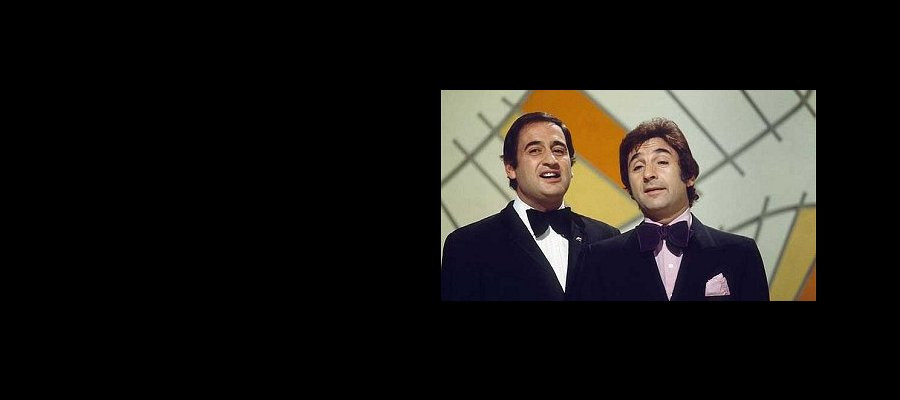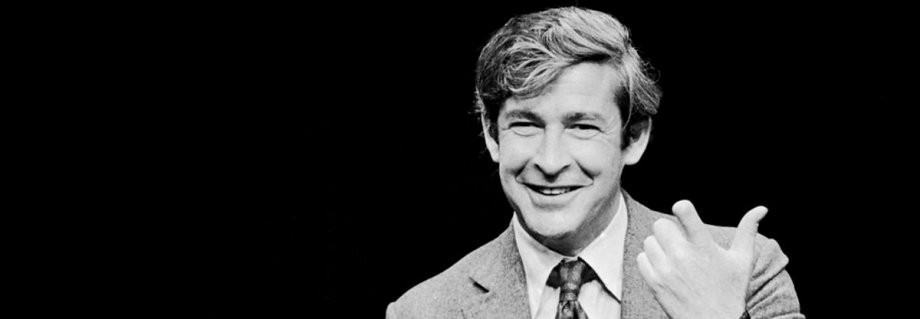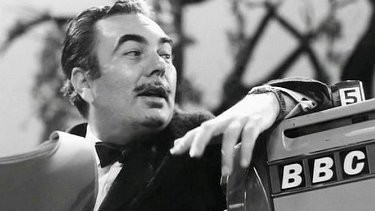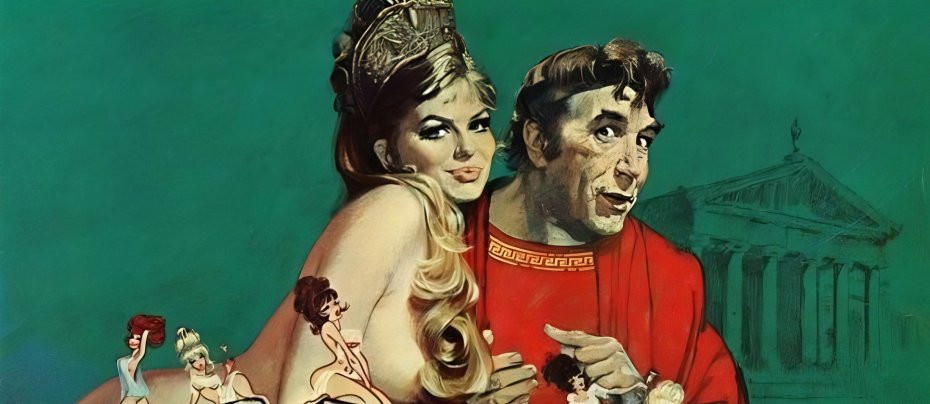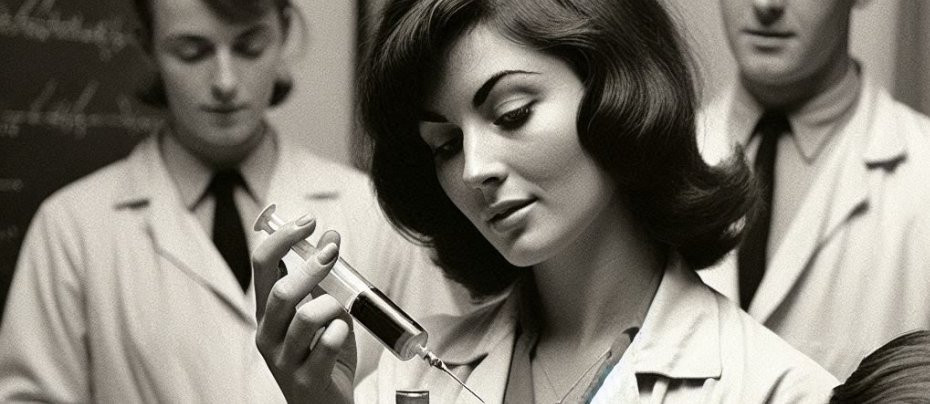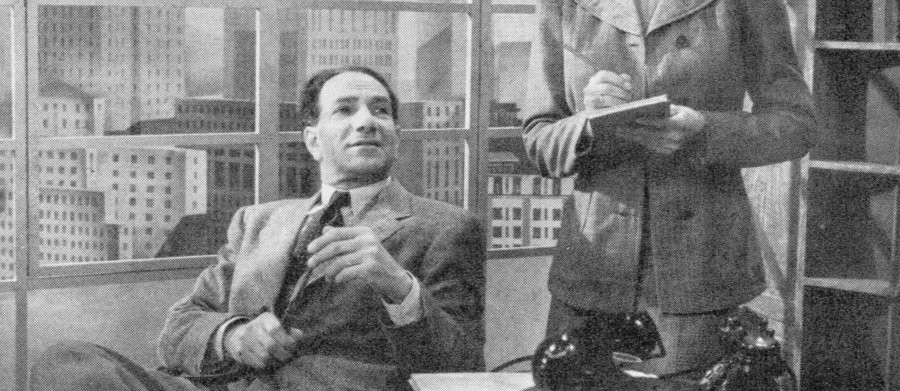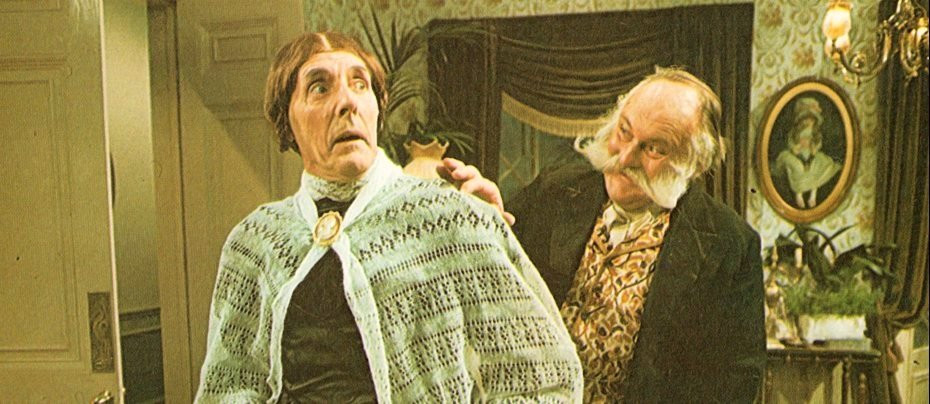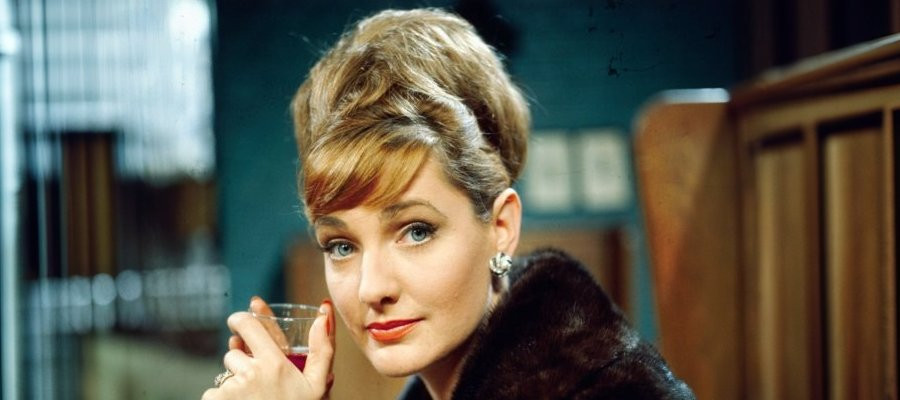
Barbara Murray
Barbara Ann Murray was born in London on 27 September 1929, destined for a life in performance. The daughter of theatrical parents, she was immersed in the world of entertainment from an early age. Her mother and father toured the country as a dancing act, and to accommodate their itinerant lifestyle, Barbara was sent to boarding school in Huntingdonshire. Though she occasionally joined her parents on stage, it was acting—rather than dance—that ignited her young imagination.
A spirited and determined child, Murray found ways to feed her passion for drama, even sneaking out of her dance school to attend drama classes. Her early experience as a photographic model eventually led to an audition with the Rank Organisation’s charm school, and at just 17, she signed a five-year contract worth £10 a week—a modest start to what would become a distinguished career in British theatre, film, and television.
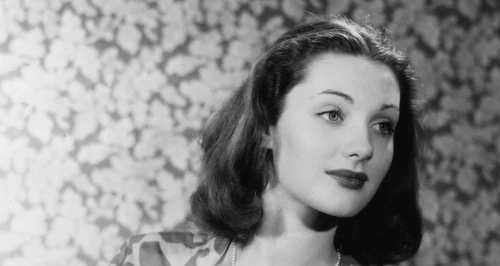
Murray break came in 1949 while assisting with screen tests at Ealing Studios for Kind Hearts and Coronets. Although she wasn’t auditioning, she read for Joan Greenwood’s part and made a strong impression on both star Dennis Price and director Robert Hamer. This led to her casting in the Ealing comedy Passport to Pimlico (1949), a surprise box office hit and a pivotal film in post-war British cinema. That same year, she also appeared opposite Dirk Bogarde and Richard Attenborough in Boys in Brown and had a role in Badger’s Green, making 1949 a landmark year for the young actress.
Throughout the 1950s, Murray became a familiar face on screen. She featured in the film adaptation of Anna Karenina (1948 – her uncredited screen debut), romanced Bogarde again in Campbell’s Kingdom (1957), and earned plaudits for her appearance in Meet Mr Lucifer (1953). Her beauty—ethereal, pale, and classically English—was much admired, and she found herself cast often in elegant or decorative roles. Yet Murray was never content to be just a screen ornament; she brought wit, intelligence, and emotional depth to her characters. In 1959, she took on the lead role of The Widow of Bath, playing Lucy Bath, a complex character described as “glitters like a diamond and is almost as hard.” As a thriller, The Widow of Bath marked a departure from Murray’s earlier work—her role as Lucy Bath was that of a more morally ambiguous femme fatale, contrasting with the gentler or more traditional characters she had previously portrayed. It demonstrated her versatility as an actress capable of delivering complex, layered performances in suspense dramas.
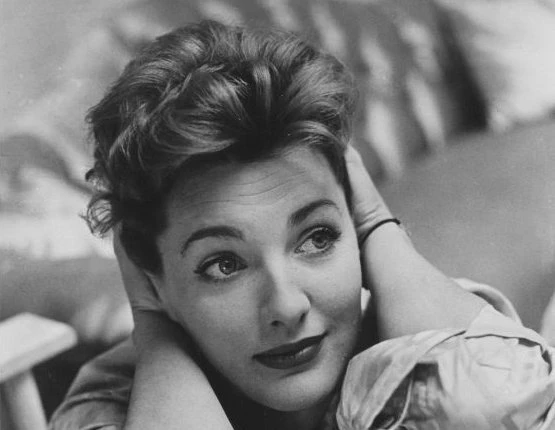
Her theatre work in the 1950s and '60s further demonstrated her dramatic range. In 1952, she played in The Bridge of Denmark Hill, the first production staged at the newly reopened Royal Court Theatre. Two years later, she made her West End debut in No Other Verdict at the Duchess Theatre. She later starred as Stella in the original production of Harold Pinter’s The Collection at the Aldwych in 1962—a performance that cemented her reputation as a serious stage actress.
Barbara married fellow actor John Justin in 1952, with whom she had three daughters. Devoted to her family, she turned down a renewed Rank contract to focus on motherhood. “My best part is mum,” she once said, underscoring her priorities during this period. The marriage ended in divorce in 1964, and she remarried later that year to Bill Holmes, an actor-turned-teacher. This marriage also ended in divorce, though she once reflected: “I’m a lucky woman. In all my life I’ve loved two men, and I married them both.”
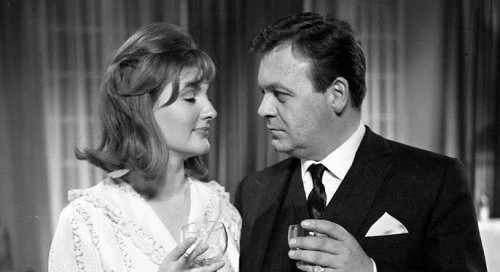
In 1961 she played the female lead in The Escape of R.D.7, a science fiction series about scientist whose experiments with a new drug has devastating consequences. The mid-1960s marked the most prolific and celebrated phase of Murray’s career. She achieved her greatest television success playing Lady Pamela Wilder in The Plane Makers and its sequel The Power Game (1965–69), ITV’s hit drama about industry and boardroom politics. Playing opposite Patrick Wymark’s formidable tycoon John Wilder, Murray brought warmth, elegance, and subtle humour to the role of his socialite wife. “I wasn’t happy with the character at the start,” she admitted, “I felt it was written by men, for men, and the women weren’t real, weren’t complete.” Her input helped evolve the role into something more rounded and resonant, contributing to the show’s popularity with over 10 million viewers each week.
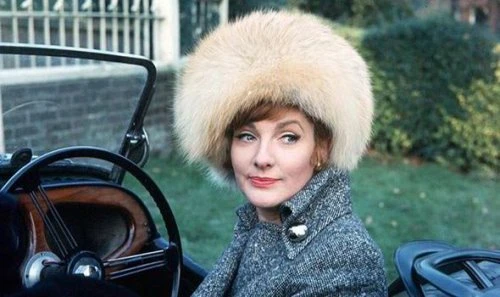
Murray continued to flourish on television, appearing in the Donald Churchill sitcom Never A Cross Word as the charmingly scatterbrained Deirdre, and later as the titular character in His and Hers (on both occasions taking over from the original female leads). She joined the stellar cast of the BBC’s acclaimed adaptation of Anthony Trollope’s The Pallisers (1974), playing the elegant and enigmatic Madame Max Goesler. In the 1980s, she starred in The Bretts (1987–89), a period drama about a theatrical dynasty, where she played the diva matriarch with a mix of grandeur and mischievous wit.
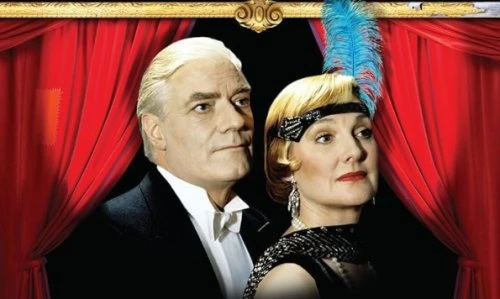
While her film appearances dwindled in later years, she still made memorable contributions, such as her comic turn in Up Pompeii! (1971) with Frankie Howerd and her role in the horror anthology Tales From the Crypt (1972). Her final film credits included The Punch and Judy Man (1963) with Tony Hancock and Some Will, Some Won’t (1970) alongside Ronnie Corbett and Leslie Phillips.
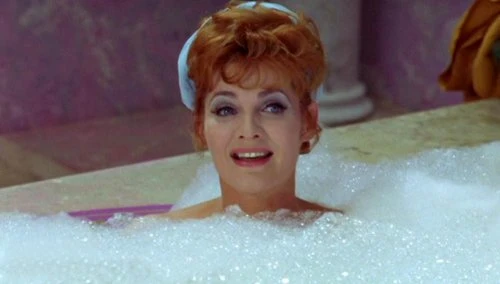
On stage, she was tireless—taking on a wide range of roles in thrillers and comedies alike. She earned critical acclaim for her performance as the blind heroine in Wait Until Dark at the Duchess Theatre in 1967 and toured with Peter Hall’s production of Oscar Wilde’s An Ideal Husband in 2001—her final theatrical performance.
Despite moments of insecurity and financial uncertainty early in her career, Murray later found stability and independence. The success of The Power Game enabled her to buy a home in Richmond upon Thames, an achievement she cherished deeply. “I’ve been insecure, broke and unhappy, and having a house of my own always seemed the big unattainable,” she said in 1969.
Barbara Murray’s legacy is one of versatility, elegance, and quiet determination. She navigated the evolving landscape of British entertainment with grace, moving from ingénue to leading lady, from film to television and back to the stage. Her performances were often underpinned by a sense of intelligence and humour, and she was never afraid to bring refinement and shade to roles that might otherwise have seemed superficial.
She passed away on 20 May 2014 in Spain, where she had spent her retirement years. She is survived by her three daughters, and remembered by audiences and colleagues alike as a consummate professional and a deeply charismatic performer.
A misty-eyed beauty with the heart of a true actress, Barbara Murray shone quietly but brightly through the golden eras of British cinema and television—leaving behind a body of work as elegant and enduring as the woman herself.
Published on June 27th, 2025. Marc Saul (2009).



